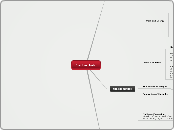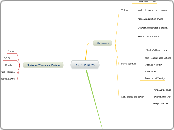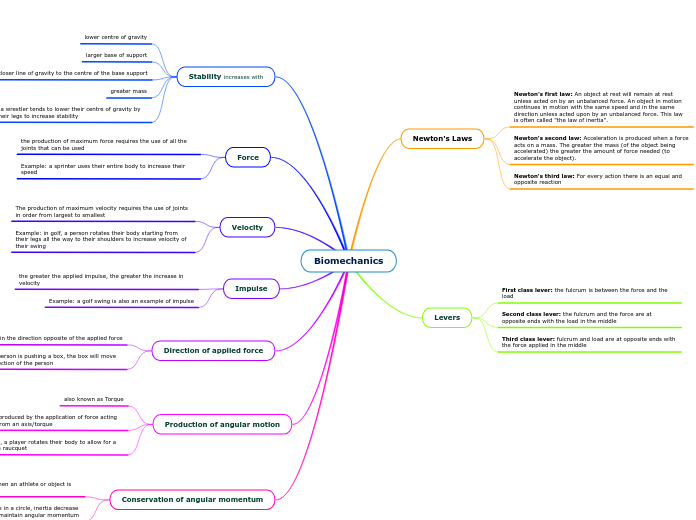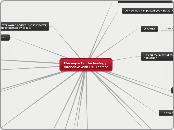Electric field
Polarization
Net dipole moment
P=sum(p_i)
bounded charge area density
dot(P, n)
bounded charge density
-div(P)
Potential
V=k*int(dot(r, P(r'))/r^2)
Single dipole
Potential Energy
U=-dot(p, E)
Potential energy for two dipoles
U=k/r^3 [3*dot(p1, r)dot(p2, r)-dot(p1,p2)]
Force
dipole under the nonuniform field E will
be exerted force
F=dot(p,grad(E))
Torque
N=cross(p,E)
special method
Multipole Expansion
V(r)=k*int(charge density/|r-r'|)
1/|r-r'|=sum(r^-(n+1)*r'^n*Pn(cos(theta)))
quardole moment
V(r)=k*sum(r_i, r_j, Q_ij)/2r^3
Q_ij=int((3*r_i*r_j-r_i*r_j*delta_ij)*charge density)
dipole moment
V(r)= k*dot(p,r)/r^2
p = int(r'*charge(r'))
E=k/r^3 [3*dot(p, r)r-p]
monopole
V(r)=k/r int(charge density)
multipole
P0(x)=1
P1(x)=x
P2(x)=1/2*(3x^2-1)
Separation of Variables
The Method of Images
Assume that everything is the same in the two problems. Energy, however, is not the same.
Laplace equation
Conductors and Second Uniqueness Theorem
In a volume V surrounded by conductors and
containing a specified charge density p, the electric field is uniquely determined if the total charge on each conductor is given. (The region as a whole can be bounded by another conductor, or else unbounded.)
Boundary Conditions and Uniqueness theoerms
The solution to Laplace's equation in some volume
V is uniquely determined if V is specified on the boundary surface S.
General soluton:
Electrostatic field
Work and Energy
Electrostatic pressure
Conductor has charge, under electric field, it will exerted on force
F=1/2 * charge area density * (Eabove + E below)
Potential energy
W = 1/2 * volume integrate(charge density * V)
W = 1/2 * volume integrate(epsilon * square(E))
Energy cannot be superposition
Work
W=-line integrate(q * E) from state to end
W=difference(q * V)
Boundary condition
difference(direaction derivative(V))=-charge area density/epsilon
difference(normal(E)) = charge area density/epsilon
difference(parallel(E)) = 0
Field parameter
Field strength
E =k* volume integrate (charge density / square(distance))
div(E)=charge density/epsilon, curl(E)=0
Potential
V = k*volume integrate(charge density/distance)
E=-grad(V)
V=-line integrate (E) from reference to point
Charge density
div(grad(V))= - charge density/epsilon
V = volume integrate(charge density/distance)









